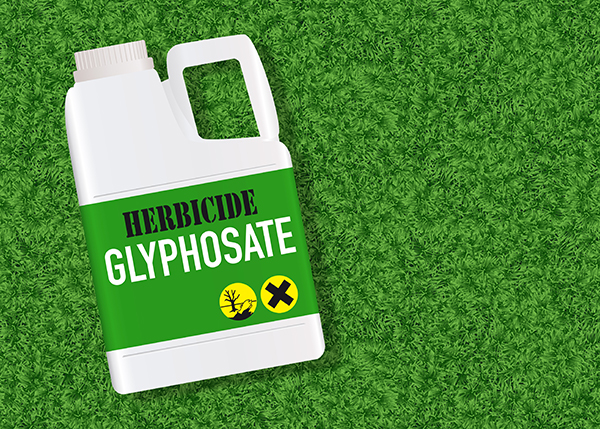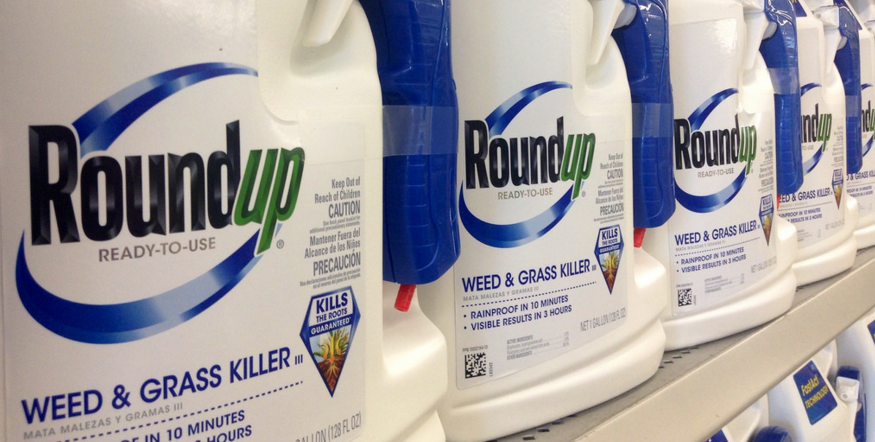Common cosmetic and food packaging chemical blamed for deadly heart disease surge
04/29/2025 / By Cassie B.

- Researchers warn that DEHP, a common plastic softener in consumer goods, causes over 350,000 fatal heart disease cases yearly, disproportionately affecting industrialized nations.
- DEHP is found in cosmetics, food packaging, and medical supplies, disrupting hormones, fertility, and heart health, and it’s linked to 12% of U.S. cardiovascular deaths in 2018.
- Chronic DEHP exposure triggers artery inflammation and oxidative stress, accelerating atherosclerosis and raising heart attack and stroke risk, especially in those with obesity or diabetes.
- Women and infants face higher DEHP exposure through cosmetics, breast milk, and PVC-contaminated water, while food packaging remains a major exposure route.
- Reducing plastic use, avoiding fragranced products, and switching to glass or stainless-steel containers can lower exposure, but systemic change is urgently needed.
Researchers are warning that a common plastic-softening chemical found in cosmetics, food packaging, and medical supplies is responsible for over 350,000 fatal heart disease cases each year.
Di-2-ethylhexyl phthalate (DEHP), a “forever chemical” widely used in consumer products, poses a disproportionately severe threat in countries with rapid industrialization and heavy plastic reliance, according to research published in eBiomedicine. The study highlights how pervasive DEHP exposure disrupts heart health, amplifying risks for aging populations already grappling with obesity, poor diets, and sedentary lifestyles.
The hidden toxin in everyday items
Di-2-ethylhexyl phthalate (DEHP) is a phthalate, a chemical additive used to make plastics pliable, durable, and long-lasting. Found in consumer products ranging from perfumes and nail polish to IV bags and PVC pipes, DEHP has long been known to disrupt hormones and fertility. Now, it’s increasingly tied to cardiovascular harm. The new analysis, led by New York University researchers, estimates DEHP exposure contributed to 12% of U.S. cardiovascular deaths in 2018—approximately 10,237 fatalities—alongside 316,916 lost years of life. Globally, heart disease deaths tied to DEHP hit 356,238 annually, with India bearing the highest burden at over 103,000 deaths.
How DEHP harms the heart
DEHP’s cardiovascular risks stem from its ability to trigger inflammation in arteries, which narrows blood flow and strains the heart. Over time, this chronic inflammation increases the likelihood of atherosclerosis, a dangerous buildup of plaque that raises heart attack and stroke risk.
Laura Vandenberg, a University of Massachusetts environmental health scientist, explained that DEHP acts as an “obesogen,” promoting weight gain, and increases oxidative stress—a condition linked to cell damage. Both mechanisms elevate heart disease risks, compounding existing threats like high blood pressure or diabetes.
Everyday exposures and consumer risks
DEHP laces countless products, from fragranced cosmetics (present in three-quarters of scented personal care items) to food packaging and medical supplies. Women are disproportionately exposed due to their higher use of scented lotions, sprays, and hair products. Nursing mothers transfer DEHP to infants via breast milk, and the chemical’s presence in PVC pipes contaminates drinking water.
The study identified diet as a primary exposure route, with DEHP leaching into food from plastic wraps or containers. Judith Enck of Beyond Plastics warns that millions ingest DEHP through water flowing through aging PVC pipes, urging cities to replace lead water pipes with copper, not more plastic.
In the U.S., at least nine phthalates—including DEHP—remain permitted in cosmetics. California has flagged DEHP under Prop 65 for its links to cancer and reproductive harm, but federal oversight remains inconsistent.
DEHP’s harm extends beyond the heart. A recent Karolinska Institutet study found that even low DEHP doses altered ovarian follicle counts and progesterone levels in female mice, risking fertility. These effects were more pronounced than estrous cycle disruptions typically monitored in safety assessments.
Protecting yourself: Practical steps
Individuals can reduce their exposure by minimizing plastics:
- Opt for glass or stainless-steel food containers and avoid microwaving plastic.
- Look for recycling codes (#3 often indicates PVC).
- Choose fragrance-free personal care products.
While personal adjustments help, systemic reforms are critical to protect Americans. As the “Forever Chemicals” crisis grows and evidence of their link to heart disease and other illnesses piles up, one truth remains clear: the hidden costs of plastic convenience run deeper than previously imagined.
Sources for this article include:
Submit a correction >>
Tagged Under:
This article may contain statements that reflect the opinion of the author




















